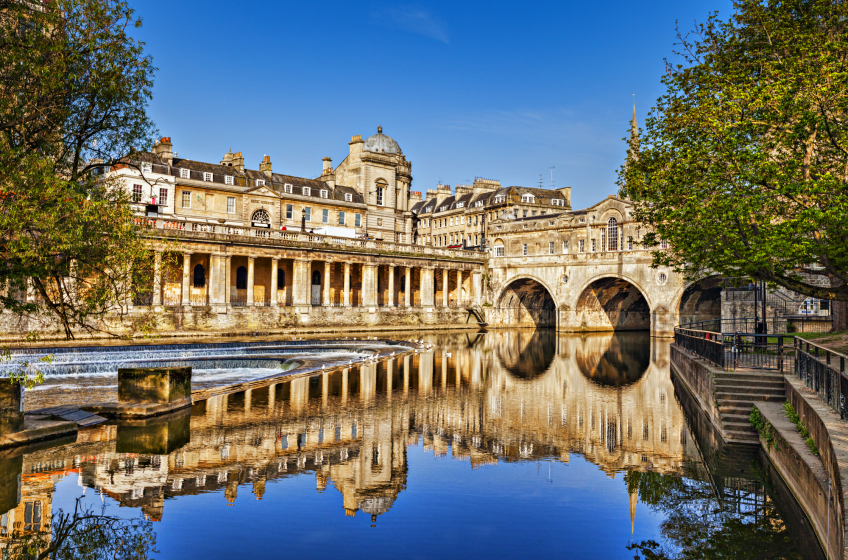Georgian Architecture in Bath
a visitor's overview of the city's renowned Georgian architectural masterpieces
Welcome to Bath, a charming city nestled in the southwest of England that boasts an array of impressive Georgian architecture. The Georgian era in England spanned from 1714 to 1830, and it was during this period that many of Bath's iconic buildings were constructed.
One of the most recognizable examples of Georgian architecture in Bath is the Royal Crescent. This impressive row of thirty terraced houses was designed by John Wood the Younger and completed in 1774. The crescent's facade is made of Bath stone, a type of limestone that is synonymous with the city's architectural heritage. The houses have been remarkably well-preserved, and the curved facade provides a breathtaking view when seen from the Royal Victoria Park.
Another prominent example of Georgian architecture in Bath is The Circus. This circular arrangement of houses was also designed by John Wood the Younger and completed in 1768. The Circus is made up of three segments, and the houses have distinctively ornate facades that feature pilasters, columns, and friezes. The central space within The Circus is a large roundabout that is surrounded by trees and benches, making it a pleasant spot for visitors to sit and take in the architectural beauty of the area.
No tour of Bath's Georgian architecture would be complete without a visit to the Pulteney Bridge. This elegant bridge spans the River Avon and was completed in 1774. It was designed by Robert Adam, who was one of the most influential architects of the Georgian era. The bridge features a series of shops and houses that are built into its sides, and the result is a visually stunning combination of architecture and engineering.
Bath's Georgian architecture is not limited to public buildings and bridges. The city is also home to a number of impressive private residences. The Assembly Rooms, for example, were built in 1771 and were used as a social hub for the Georgian elite. Today, visitors can tour the grand ballroom, which features intricate plasterwork and a stunning chandelier.
In addition to the Royal Crescent, The Circus, Pulteney Bridge, and Assembly Rooms, there are many other examples of Georgian architecture throughout Bath. These include the Theatre Royal, built in 1805, and the Guildhall, which was completed in 1778. The city also boasts a number of well-preserved Georgian streets, such as Great Pulteney Street and Gay Street, where visitors can take a leisurely stroll and admire the elegant facades of the houses.
In conclusion, Bath's Georgian architecture is a must-see for any visitor to the city. The Royal Crescent, The Circus, Pulteney Bridge, and Assembly Rooms are just a few examples of the stunning buildings that make up Bath's architectural heritage. Whether you are an architecture enthusiast or simply appreciate beautiful surroundings, a tour of Bath's Georgian architecture is an experience that should not be missed.

